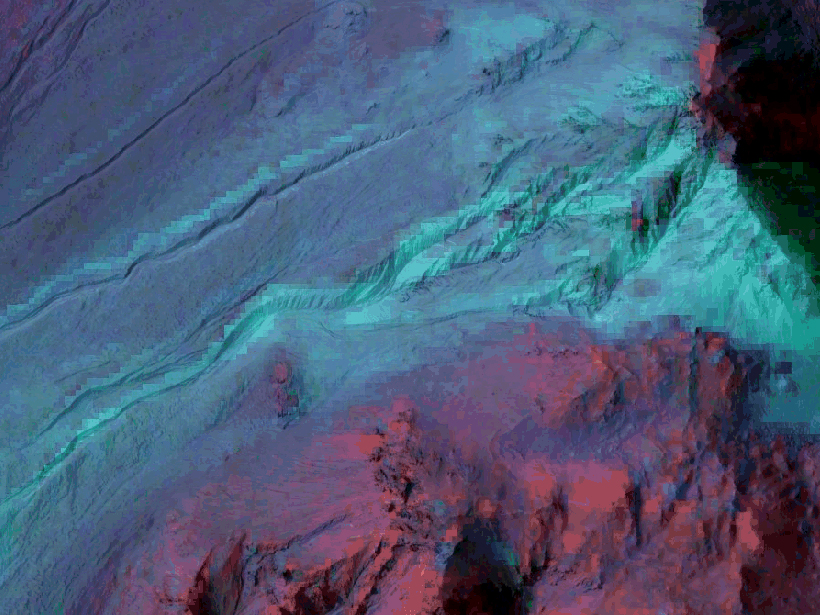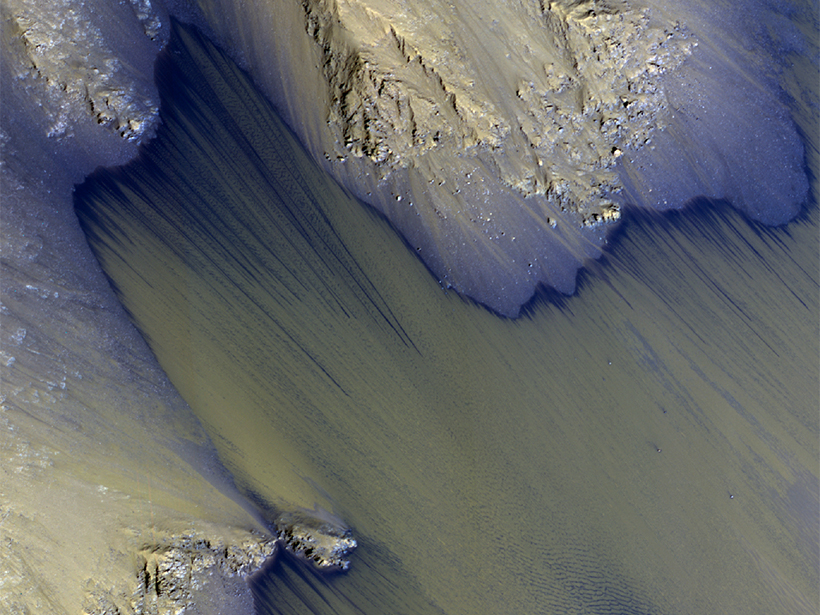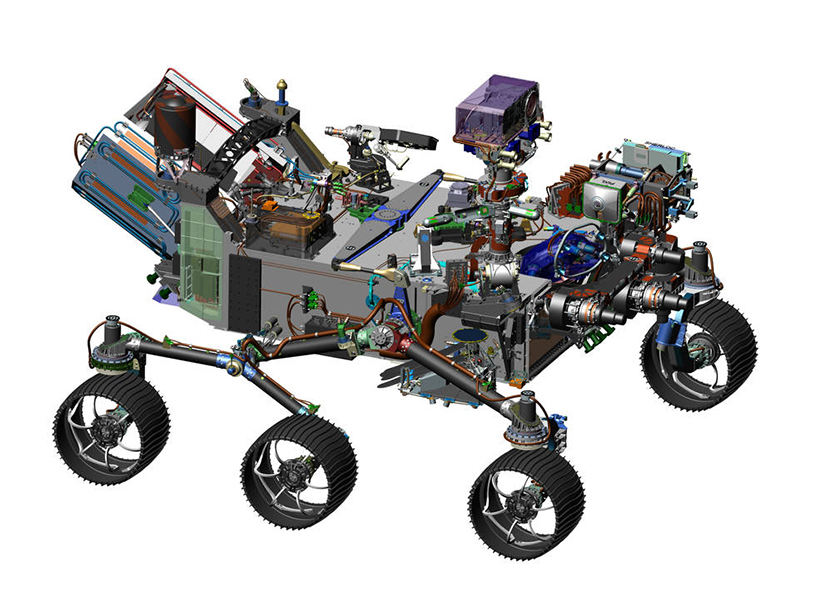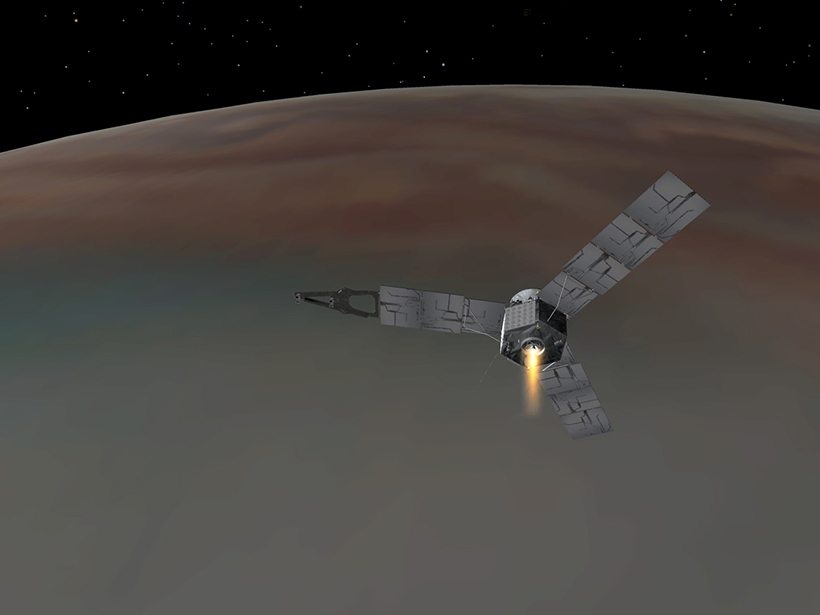New orbiter data support an important role for seasonal frost—not liquid water—in the formation of Martian gullies.
spacecraft
Government OK's Moon Express Mission to the Moon
The company envisions the mission as a first step in bringing resources from the Moon back to the Earth.
A Cluster of Water Seeps on Mars?
The discovery of dense concentrations of recurring flowlike features in two Valles Marineris chasms could aid in the search for life and influence future exploration of the Red Planet.
Precision Landing Will Be Key to NASA's Mars 2020 Rover
Landing robotics distinguish the craft from past models, allowing researchers to target smaller flat areas that are surrounded by rock.
Juno Spacecraft Nails Its Orbit Around Jupiter
The mission will spend 20 months collecting data on the planet's core, its magnetic field, and the composition of its atmosphere.
NASA’s Juno Spacecraft Set to Orbit Jupiter Starting 4 July
The spacecraft's titanium vault and a polar orbiting flight plan that avoids intense radiation regions around Jupiter's equator will help reduce damage to Juno's instruments.
Curiosity Sends Curious Water Data from Mars
The rover's neutron spectroscopy instrument hints at an unexpected trend: The upper soil levels in the layers of Gale Crater's Kimberley formation seem to hold more water-associated hydrogen.
How on Earth to Decide Where on Mars to Land?
The Public Lecture at AGU's 2016 Fall Meeting will feature three experts—including one still in high school—to discuss landing site selection for the Mars 2020 rover.
Exploring New Knowledge on Magnetospheric Interactions
AGU Chapman Conference on Magnetospheric Dynamics; Fairbanks, Alaska, 27 September to 2 October 2015
Demystifying Mercury "Hollows"
Spectral data from NASA's MESSENGER spacecraft indicate that the properties of the depressions on Mercury's surface can vary within a single crater and that these differences may correlate to age.










